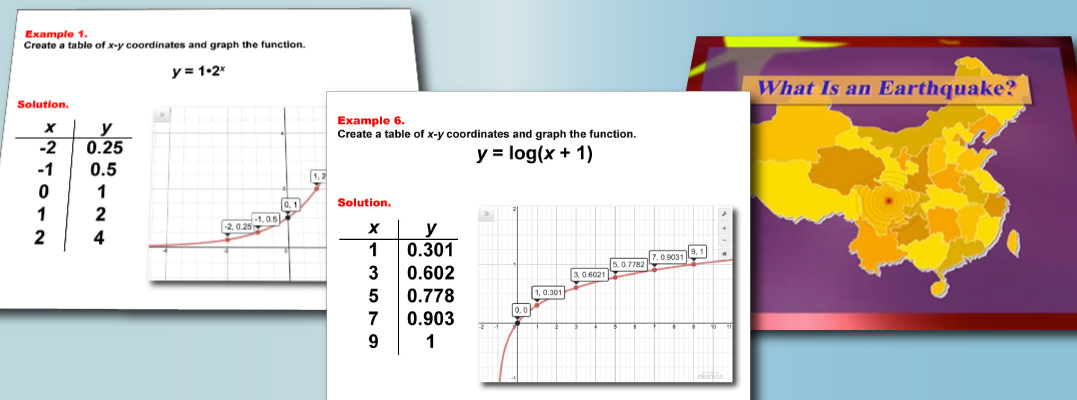Digital Resources on the Topic of Exponential and Logarithmic Functions
|
|
| Thumbnail Image | Description | |
|---|---|---|
Math Examples Collection: Rational Exponents |
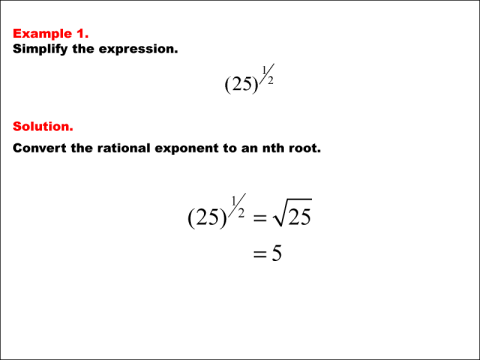
|
This collection aggregates all the math examples around the topic of Rational Exponents. |
Math Worksheet Collection: Evaluating Logarithmic Expressions |
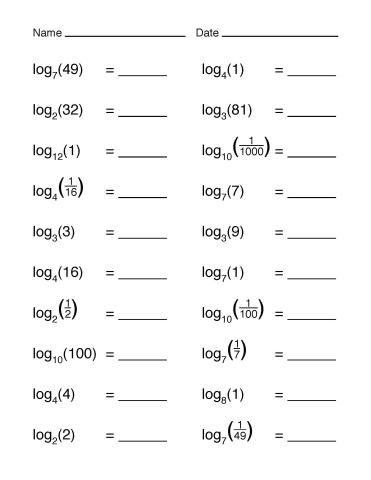
|
This collection aggregates all the math worksheets around the topic of Evaluating Logarithmic Expressions. There are a total of 20 worksheets. |
Math Worksheet Collection: Exponential Functions in Tabular and Graph Form |

|
This collection aggregates all the math worksheets around the topic of Exponential Functions in Tabular and Graph Form. There are a total of 54 worksheets. |
Math Quiz Collection: Graphs of Exponential Functions |

|
This collection aggregates all the math quizzes on this topic: Graphs of Exponential Functions. There are a total of 180 resources. |
Math Worksheet Collection: Logarithmic Functions in Tabular and Graph Form |
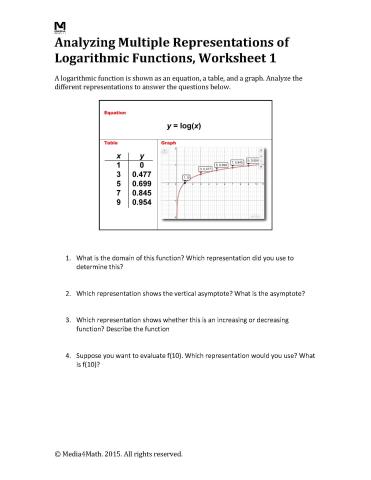
|
This collection aggregates all the math worksheets around the topic of Logarithmic Functions in Tabular and Graph Form. There are a total of 120 worksheets. |
Math Clip Art Collection: Graphs of Functions and Relations |
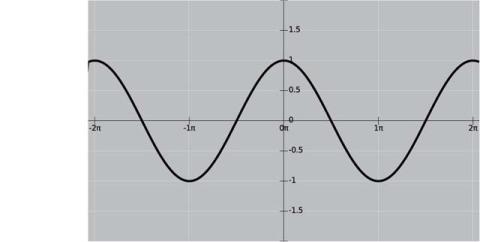
|
This collection aggregates all the math clip art around the topic of Graphs of Functions and Relations. There are a total of 19 images. |
Math Video Collection: Algebra Applications Video Series: Exponential Functions |
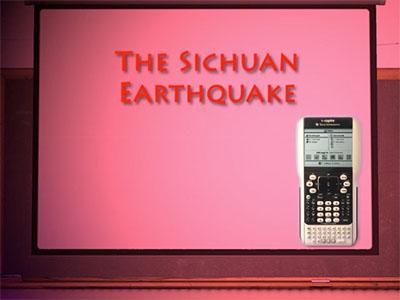
|
This collection aggregates all the math videos and resources in this series: Algebra Applications Video Series: Exponential Functions. There are a total of 26 resources. |
Math Video Collection: Algebra Applications Video Series: Logarithmic Functions |
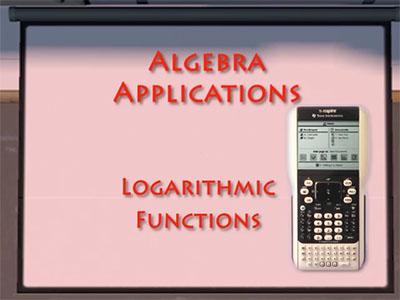
|
This collection aggregates all the math videos and resources in this series: Algebra Applications Video Series: Logarithmic Functions. There are a total of 22 resources. |
Math Worksheet Collection: Evaluating Exponential Expressions and Functions |
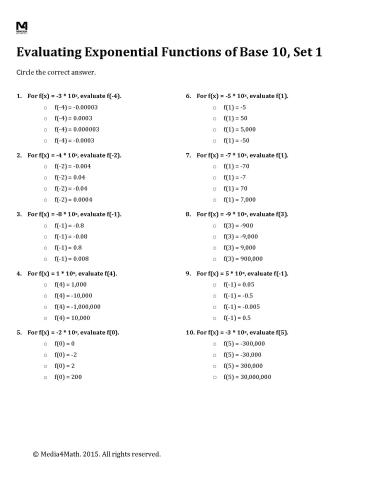
|
This collection aggregates all the math worksheets around the topic of Evaluating Exponential Expressions and Functions. There are a total of 80 worksheets. |
Math Examples Collection: Logarithmic Functions in Tabular and Graph Form |
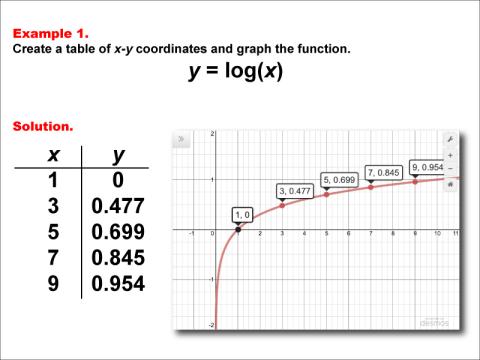
|
This collection aggregates all the math examples around the topic of Logarithmic Functions in Tabular and Graph Form. There are a total of 120 Math Examples. |
Math Quiz Collection: The Laws of Exponents |

|
This collection aggregates all the math quizzes on this topic: The Laws of Exponents. There are a total of 3 resources. |
Math Examples Collection: The Laws of Logarithms |
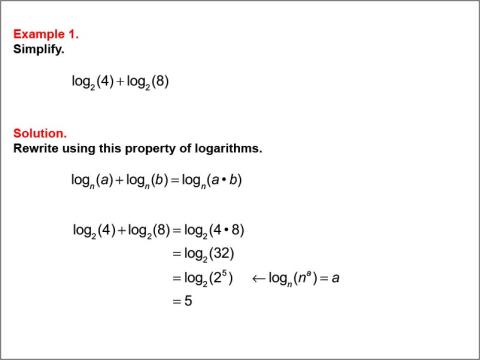
|
This collection aggregates all the math examples around the topic of the Laws of Logarithms. There are a total of 32 Math Examples. |
Math Examples Collection: The Laws of Exponents |
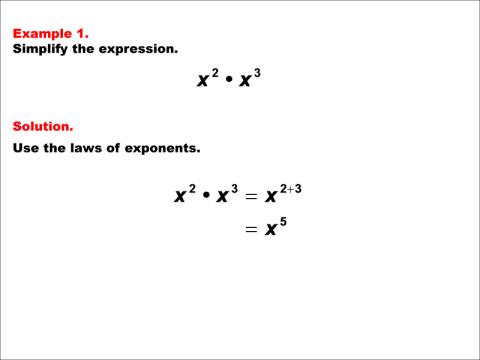
|
This collection aggregates all the math examples around the topic of the Laws of Exponents. There are a total of 24 Math Examples. |
Math Quiz Collection: Graphs of Logarithmic Functions |

|
This collection aggregates all the math quizzes on this topic: Graphs of Logarithmic Functions. There are a total of 60 resources. |
VIDEO: Algebra Applications: Exponential Functions |
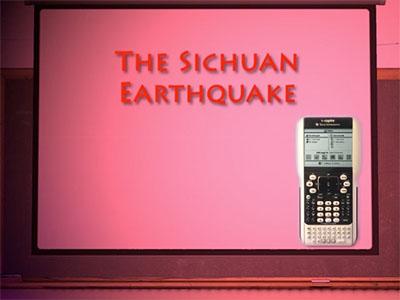
|
VIDEO: Algebra Applications: Exponential Functions
In this episode of Algebra Applications, students explore earthquakes using exponential models. In particular, students analyze the earthquake that struck the Sichuan Province in China in 2008, months before the Beijing Olympics. |
VIDEO: Algebra Applications: Logarithmic Functions |
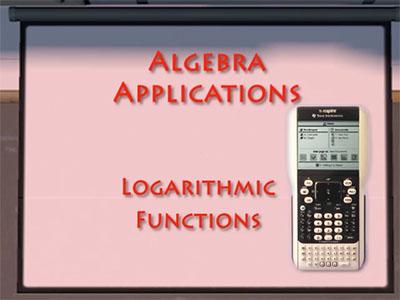
|
VIDEO: Algebra Applications: Logarithmic Functions
In this episode of Algebra Applications, students explore various scenarios that can be explained through the use of logarithmic functions. Such disparate phenomena as hearing loss and tsunamis can be explained through logarithmic models. |
Closed Captioned Video: Algebra Applications: Exponential Functions |

|
Closed Captioned Video: Algebra Applications: Exponential Functions
In this episode of Algebra Applications, students explore earthquakes using exponential models. In particular, students analyze the earthquake that struck the Sichuan Province in China in 2008, months before the Beijing Olympics. |
Closed Captioned Video: Algebra Applications: Exponential Functions, 1 |
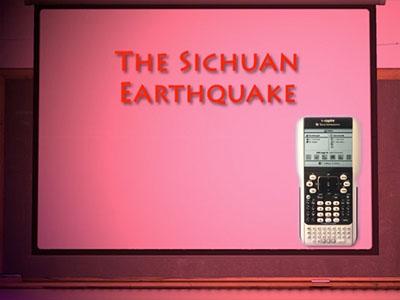
|
Closed Captioned Video: Algebra Applications: Exponential Functions, Segment 1: Introduction
In this episode of Algebra Applications, students explore earthquakes using exponential models. In particular, students analyze the earthquake that struck the Sichuan Province in China in 2008, months before the Beijing Olympics. |
Closed Captioned Video: Algebra Applications: Exponential Functions, 2 |

|
Closed Captioned Video: Algebra Applications: Exponential Functions, Segment 2: What Is an Earthquake?
In this episode of Algebra Applications, students explore earthquakes using exponential models. In particular, students analyze the earthquake that struck the Sichuan Province in China in 2008, months before the Beijing Olympics. |
Closed Captioned Video: Algebra Applications: Exponential Functions, 3 |

|
Closed Captioned Video: Algebra Applications: Exponential Functions, Segment 3: What Is the Difference between Earthquake Intensity and Magnitude?
In this episode of Algebra Applications, students explore earthquakes using exponential models. |
Closed Captioned Video: Algebra Applications: Exponential Functions, 4 |
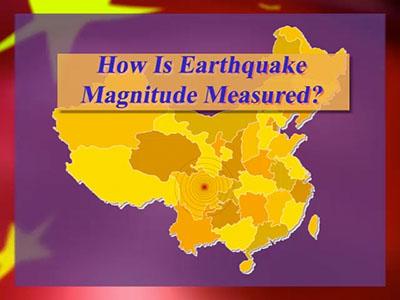
|
Closed Captioned Video: Algebra Applications: Exponential Functions, Segment 4: How Is Earthquake Magnitude Measured?
In this episode of Algebra Applications, students explore earthquakes using exponential models. In particular, students analyze the earthquake that struck the Sichuan Province in China in 2008, months before the Beijing Olympics. |
Closed Captioned Video: Algebra Applications: Logarithmic Functions |

|
Closed Captioned Video: Algebra Applications: Logarithmic Functions
In this episode of Algebra Applications, students explore various scenarios that can be explained through the use of logarithmic functions. Such disparate phenomena as hearing loss and tsunamis can be explained through logarithmic models. |
Closed Captioned Video: Algebra Applications: Logarithmic Functions, 1 |
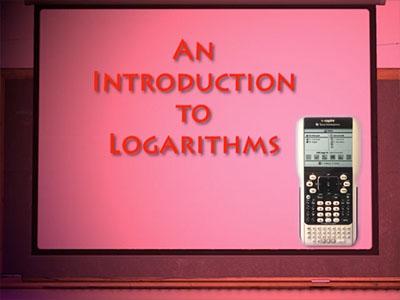
|
Closed Captioned Video: Algebra Applications: Logarithmic Functions, Segment 1: What Are Logarithms?
The mathematical definition of a logarithm is the inverse of an exponential function, but why do we need to use logarithms? |
Closed Captioned Video: Algebra Applications: Logarithmic Functions, 2 |

|
Closed Captioned Video: Algebra Applications: Logarithmic Functions, Segment 2: Hearing Loss
We live in a noisy world. In fact, prolonged exposure to noise can cause hearing loss. Students analyze the noise level at a rock concert and determine the ideal distance where the noise level is out of the harmful range. |
Closed Captioned Video: Algebra Applications: Logarithmic Functions, 3 |

|
Closed Captioned Video: Algebra Applications: Logarithmic Functions, Segment 3: Tsunamis
In 1998 a devastating tsunami was triggered by a 7.0 magnitude earthquake off the coast of New Guinea. The amount of energy from this earthquake was equivalent to a thermonuclear explosion. Students analyze the energy outputs for different magnitude earthquakes. |
